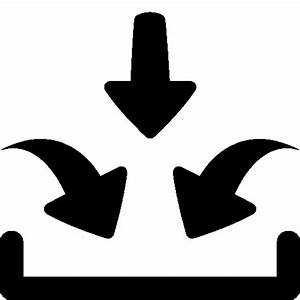PLANNING AND PREPARING A LESSON OR SEQUENCE OF LESSONS.

Components (of a lesson plan)
The main parts of a lesson plan, e.g. aims, procedure, timing, aids, interaction patterns, anticipated problems, assumptions, timetable fit, personal aims.
Assumptions
When teachers think about what they believe their learners will or will not know or how they will behave in a particular lesson. For example, a teacher plans to teach the present simple using the context of jobs and daily routines. The teacher may make the assumption that learners will know basic job vocabulary and so knows s/he will not need to spend time in the lesson presenting these words.
Aim
What the teacher wants to achieve in the lesson or in the course.
The main aim is the most important aim, e.g. the teacher’s main aim in a lesson could be to teach the present perfect or develop listening skills.
A stage aim is the aim or purpose of a stage, step or short section of a lesson, e.g. to provide controlled practice of the present perfect or to develop listening for gist.
A subsidiary aim is the secondary focus of the lesson, less important than the main aim. It could be the language or skills learners must be able to use in order to achieve the main aim of the lesson or a skill or language area which is practised while focusing on the main aim.
A personal aim is what the teacher would like to improve in his/her teaching, e.g. to reduce the time I spend writing on the whiteboard
Procedure
The details of exactly what is going to happen in each stage of a lesson, e.g. learners practise the language of complaints in a role-play in pairs.
Timing
The likely time different activities or stages in a lesson plan should take. When teachers plan lessons, they think about how long each activity will take and they usually write this on their plan.
Aids
Aids are the things that a teacher uses in a class, e.g. handouts, pictures, flashcards. When teachers plan lessons they think about what aids they will need. See visual aid.
Learning resources
The materials or tools which help learners learn, e.g. books, computers, CDs etc. See aids and reference materials.
Resources: see aids, reference materials, learning resources.
Visual aid
A picture, a diagram or anything else the learners can look at which can help teachers illustrate form or meaning. See aids, realia.
Interaction noun, interact verb, interactive strategies
Interaction is ‘two-way communication’ between listener and speaker, or reader and text. Interactive strategies are the means used, especially in speaking, to keep people involved and interested in what is said or to keep communication going, e.g. eye contact, use of gestures, functions such as repeating, asking for clarification.
Interaction patterns
The different ways learners and the teacher work together in class, e.g. learner to learner, in pairs or groups or teacher to learner, in open class, in plenary. When teachers plan lessons, they think about interaction patterns and write them on their plan.
Anticipated problems and solutions.
There are many factors to be considered when planning a lesson and we should be prepared for any problem by thinking about a solution (Plan B). For example: You are planning to have a listening activity and suddenly there is no energy so ion you lesson plan you can be prepared for something like this and maybe have the transcripts and ask a student or students to read it for the group.
Timetable fit
How a lesson fits logically into a sequence of lessons; how what goes before a particular lesson links to, and helps learners with, the following lesson.